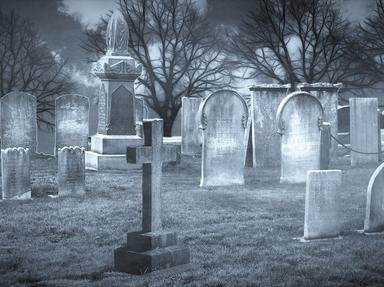Quiz Answer Key and Fun Facts
1. The Valley of the Kings is located near the ancient Egyptian capital of Thebes. What modern city is located on the site of ancient Thebes?
2. The Nile River flows past the Valley of the Kings. On which bank of the river does it lie?
3. The tombs in the Valley of the Kings are usually identified by a number preceded by the letters "KV," which stand for "King's Valley." Through the end of the year 2013, 64 tombs, numbered from KV1 to KV64 had been discovered. The tombs are numbered in what sequence?
4. Who was the first pharaoh who was buried in the Valley of the Kings?
5. How long was the Valley of the Kings used for royal burials in ancient Egypt?
6. Because space was limited and it was considered sacred, only kings and queens could be buried in the Valley of the Kings.
7. What is the most likely reason that the Valley of the Kings was eventually abandoned as the preferred site for royal burials?
8. The most famous discovery in the Valley of the Kings was the finding of the tomb of Tutankhamun by Howard Carter. When did this happen?
9. Tourists are allowed to visit the tombs in the Valley of the Kings.
10. Has anything been discovered in the Valley of the Kings in the 21st century?
Source: Author
daver852
This quiz was reviewed by FunTrivia editor
trident before going online.
Any errors found in FunTrivia content are routinely corrected through our feedback system.

